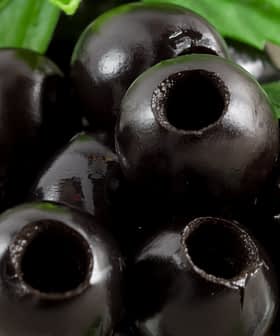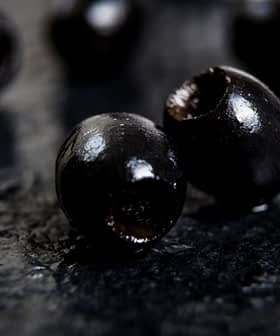Over 1,000 professionals from across the country participated in a training program last week organized by the Moroccan Interprofessionnel Olive Federation (Fédération interprofessionnelle marocaine de l’olive – Interprolive), in partnership with the National Office of the Agricultural Council (Office national du conseil agricole – ONCA) and the National Office for the Sanitary Protection of Food Products (Office national de sécurité sanitaire des produits alimentaires – ONSSA).
Covering topics such as productivity, quality, pests and diseases, and legal aspects, the training program was conducted on 43 sites in the olive producing regions of de Fès-Meknès, Marrakech-Safi, Béni Mellal-Khénifra, l’Oriental, Tanger-Tétouan-Al Hoceima, and Rabat-Salé-Kénitra. The ultimate objective of the program was to foster a quality production of olive products like oil and table olives.
Representing five percent of the country’s gross domestic product, olive production is one of the focal points of the Green Morocco Project, or Plan Maroc Vert. Launched in 2008, one of the focal points of the plan has been the olive sector, with the aim to modernize it and increase production. Actions have included capacity building for the 2014 to 2016 period, under which this training program falls.
Since 2008, Morocco has almost doubled its olive production to 1.5 million tons and created over 300,000 new jobs. Today there are 784,000 hectares of olive groves, and 120,000 tons of olive oil and 90,000 tons of table olives produced annually. The country is the second-largest global exporter of table olives, exporting 64,000 tons of olives, as well as 17,000 tons of olive oil.
Under the objectives of the Green Morocco Plan, the aim is to increase olive cultivation to an area of 1,220,000 hectares, while increasing production to 2.5 million by 2020.








